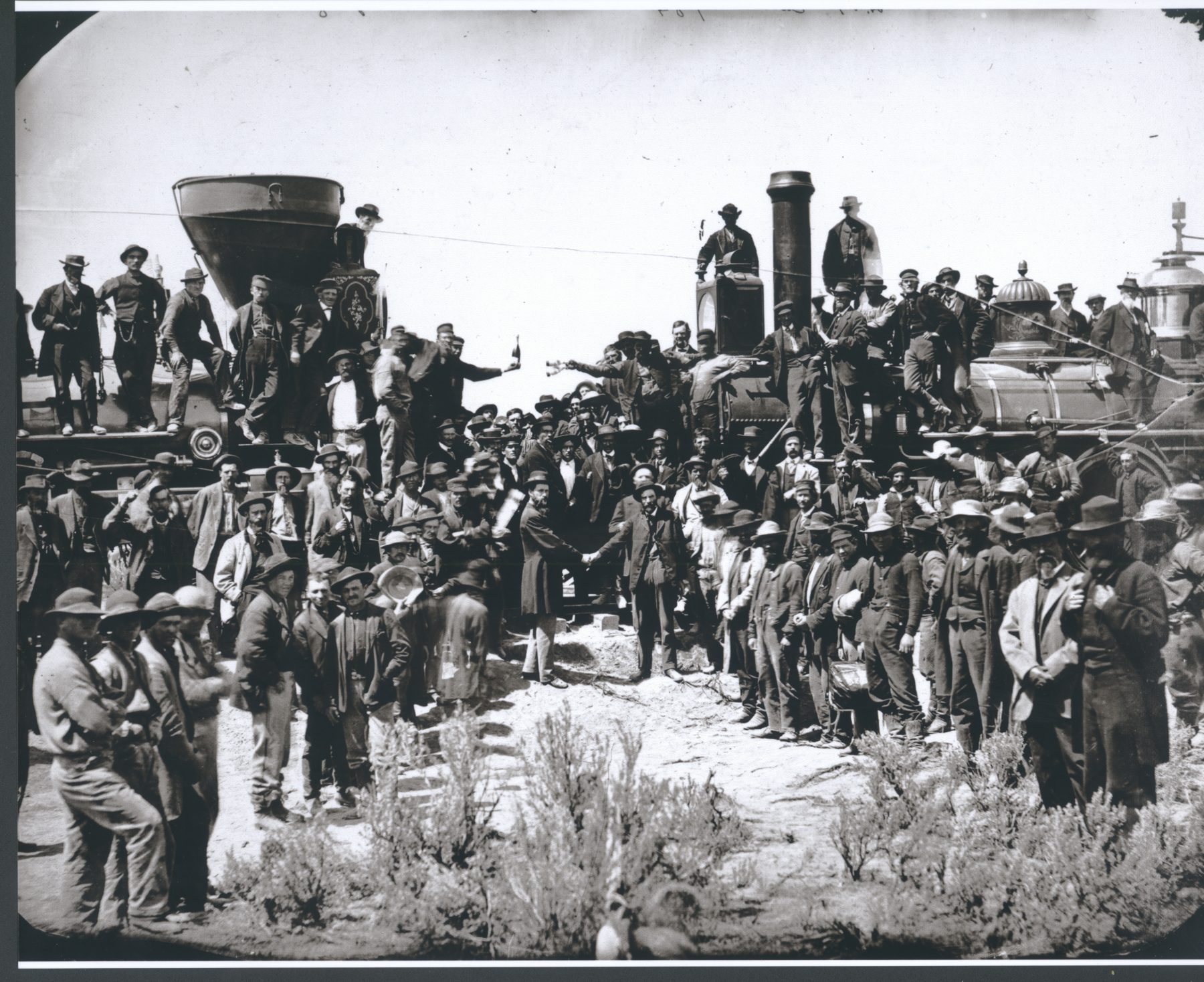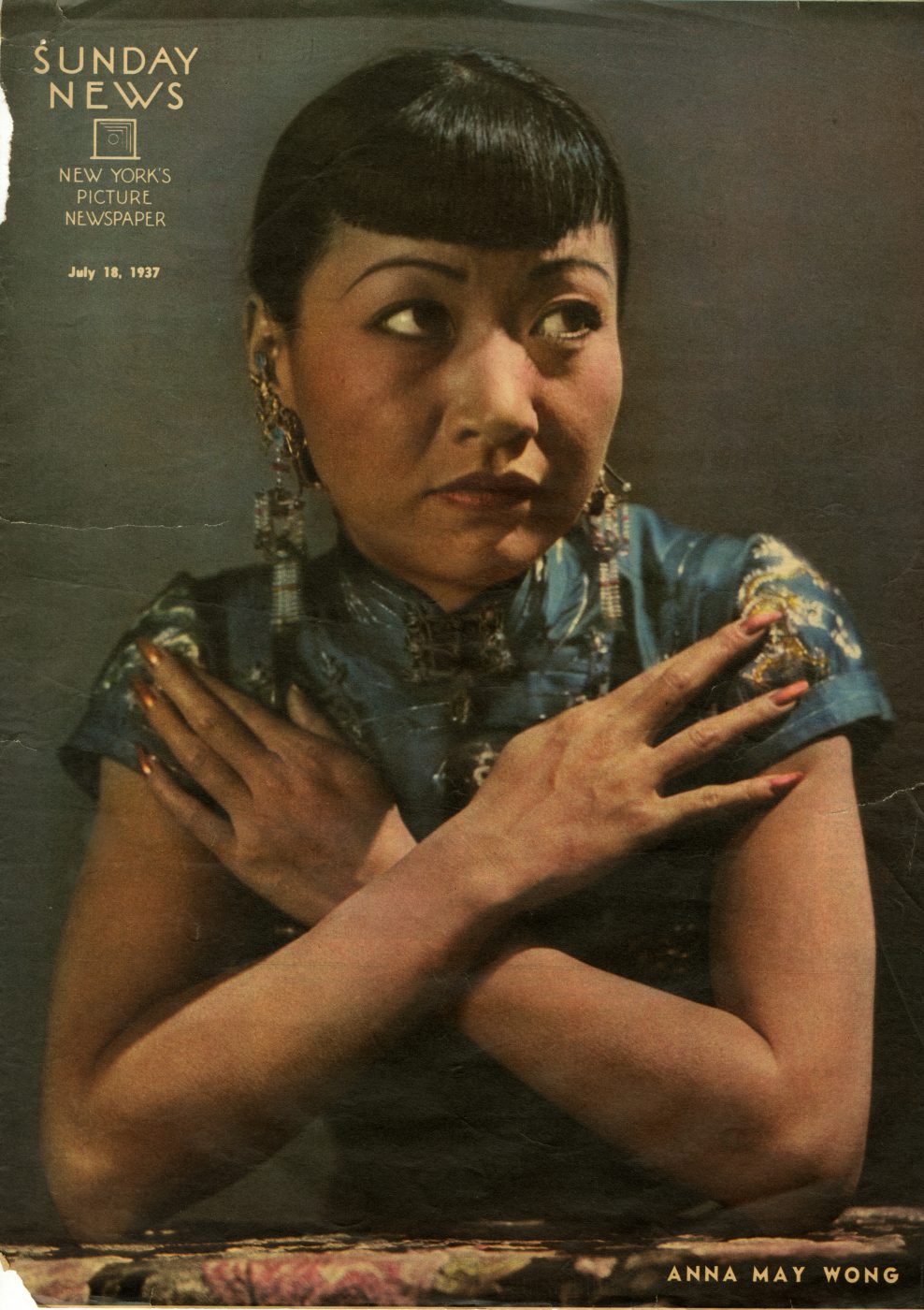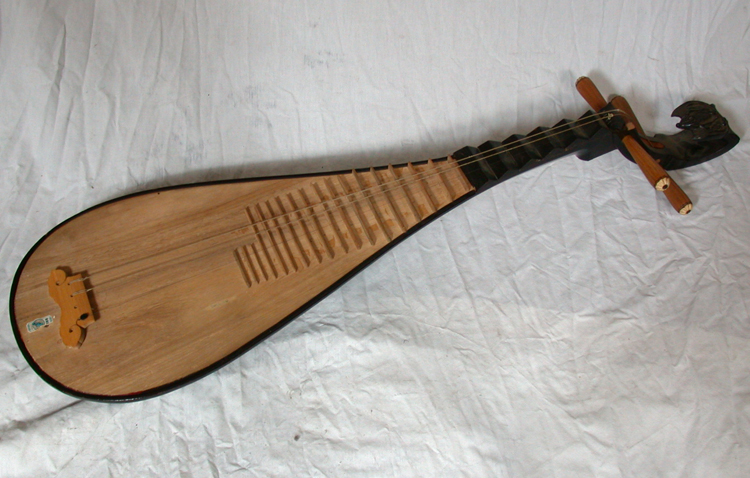On this day 150 years ago, President of the Central Pacific Railroad (CPRR) Leland Stanford ceremoniously drove the last “Golden Spike” into the tracks at Promontory Summit, Utah, with a silver hammer, thus marking the completion of the First Transcontinental Railroad of the United States. The coast-to-coast line consisted of 1,776 miles of continuous railroad and connected an existing eastern rail network with the Pacific Coast in San Francisco Bay. The railroad would revolutionize the American economy, especially settlement of the West, and prove historic for the Chinese American community. Some of the 10,000-15,000 Chinese laborers who had worked on the railroad continued with the CPRR, repairing faulty tracks that had been built too hastily, or transferred to other railroad companies. While some returned to China, many began to work in local agriculture, mining, logging, and other construction or moved to cities like San Francisco, Sacramento, or smaller cities in the Sierras to enter domestic service or manufacturing, expanding burgeoning Chinatown communities.
While many Chinese laborers were instrumental in the completion of the railroad none were present in the photograph of the “Golden Spike.”


